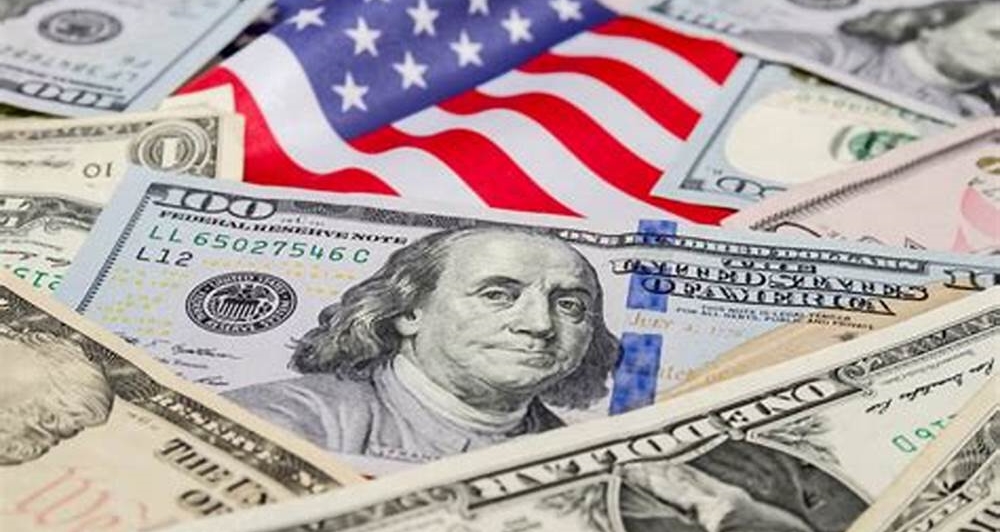
 16 February، 2022
16 February، 2022
 ابحاث السوق
ابحاث السوق
 Views
: 756
Views
: 756

The general index of the US dollar recorded declines this morning, Wednesday, February 16th, with the opening of the European session for the second session in a row, by about 0.08%, trading at 95.88 levels, coinciding with the return of risk appetite in the markets and the decline in tensions and fears due to the Russian-Ukrainian conflict, which caused a decline in the US dollar, which is considered As a safe haven amid anticipation in the markets for US retail sales and the minutes of the US Federal Reserve meeting to meet two weeks ago later in the day.
The decisions of the Russian government to partially withdraw military units from the Ukrainian borders, and the statements of Russian President Putin that they do not want war with Europe, provided some reassurance for the markets, causing US stocks to rise and the currencies and assets of safe havens, which are led by gold and the US dollar, to decline.
The focus shifts during today’s session to Wednesday to the US retail sales figures in January, where estimates indicate a growth of more than 2% in sales in January after declining by about 1.9% in December, as the positive numbers in sales will reflect the improvement in the consumer spending index that will give a strong impetus to the US Federal Reserve in Its meeting in March to tighten monetary policy.
It is also scheduled to announce the minutes of the US Federal Reserve for its previous meeting two weeks ago at the end of the American session, but this minutes has become worthless now due to the changes and developments that occurred in the past week of a rise in inflation prices in a way that exceeded expectations and thus became unimportant for the markets.
On the other hand, estimates indicate that annual inflation in Canada may rise to 5.7% in January, compared to 4.8% in December’s reading, while inflation is expected to rise on a monthly basis to 0.5%.
UK inflation exceeds expectations The figures released moments ago showed that the CPI, which measures inflation in the United Kingdom, rose to 5.5% on an annual basis in January, compared to 5.4% in the December reading, while expectations indicated its stability at 5.4%, in contrast, the Excluded Core Index rose Including food and energy prices to 4.4%, compared to 4.2%.
The British pound reacted positively to this data and is now trading at 1.3560 levels against the US dollar.